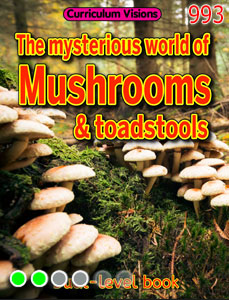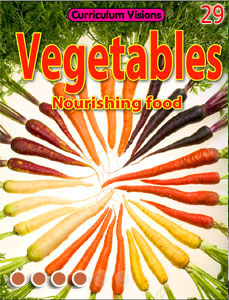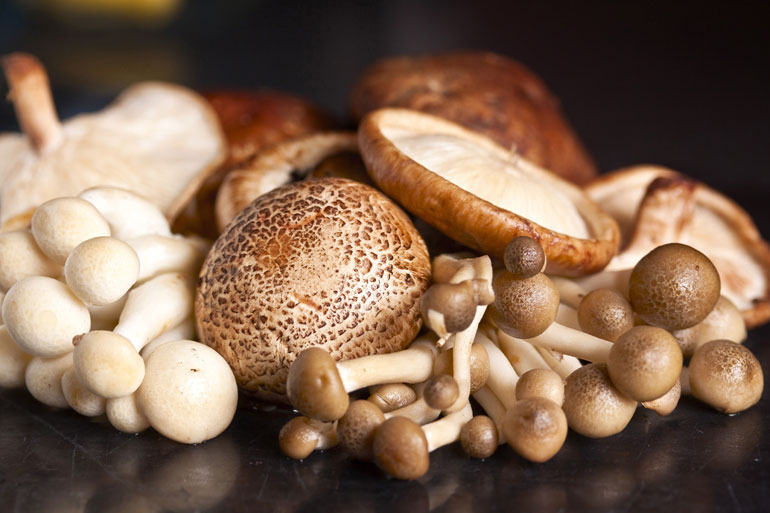A mushroom (or toadstool) is the fleshy, spore-bearing fruiting body of a fungus. The fungus is mostly underground. The part you call a mushroom or toadstool is the part that produces 'seeds' called spores. The pores or gills under the head of the mushroom or toadstool produce the microscopic spores that help the fungus spread far and wide.
Mushrooms may look small and insignificant – but they are among the largest living things on Earth. That is because they spread underground. If you see a woodland or a garden with mushrooms growing in it, look to see if you can find a pattern to where the mushrooms are. If they seem to be in long lines, that is because they are all connected together. Where they send up their fruiting parts - the mushroom or toadstool - they give you a chance to see where the mushroom is.
A colony of mushrooms in Malheur National Forest in the United States is estimated to be 2,400 years old and covers 2,200 acres (8.9km2). Most of the fungus is underground, using decaying tree roots as its food.
As you know, some mushrooms and toadstools are poisonous, and it is not easy to tell which is which, and so should not be picked in the wild. Cultivated mushrooms are a low-calorie food which can be eaten cooked or raw. In a 100 g (3.5 ounce) serving, mushrooms are an excellent source of B vitamins, and an excellent source of the essential minerals selenium, copper, phosphorus and potassium. There is no vitamin C.






